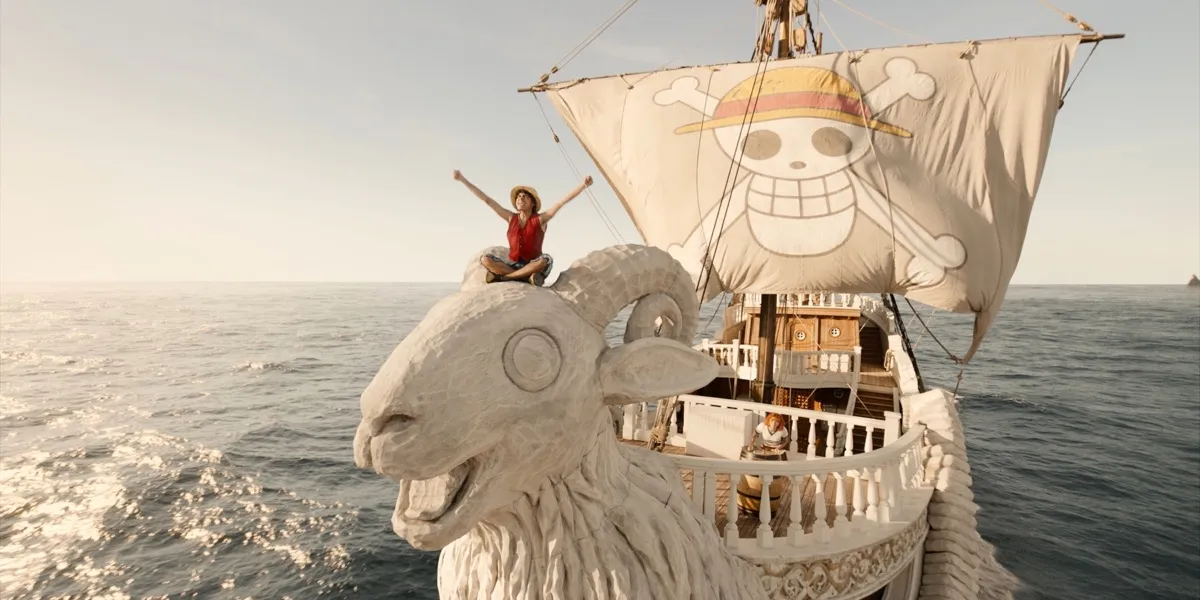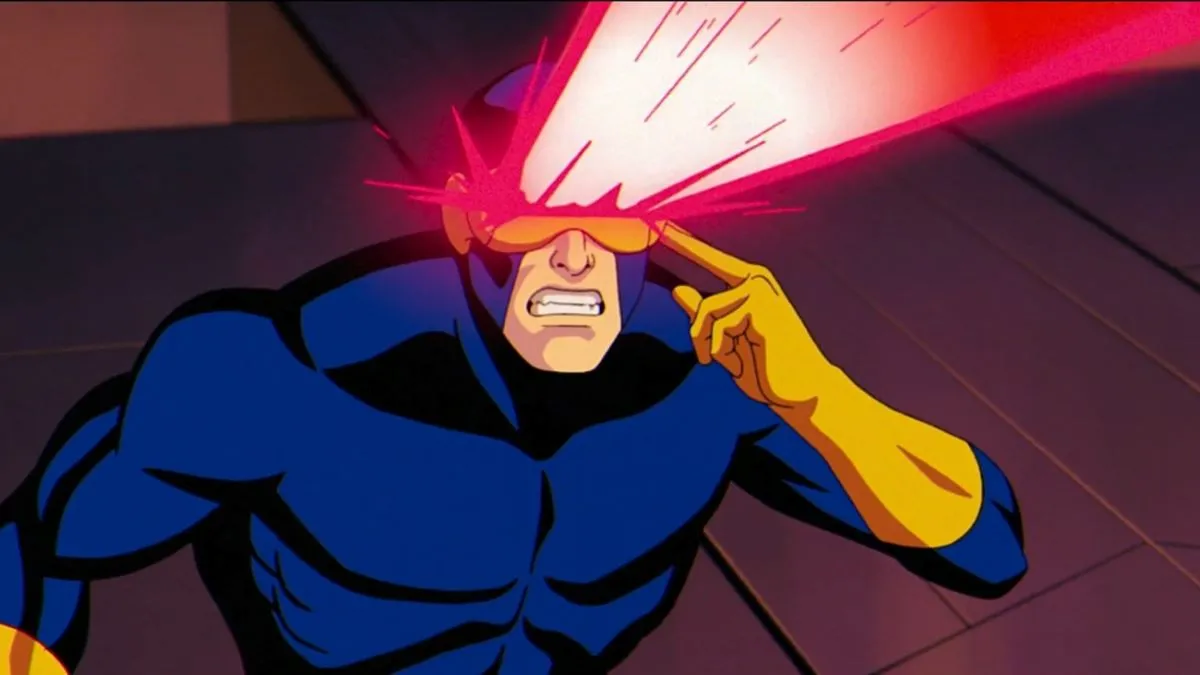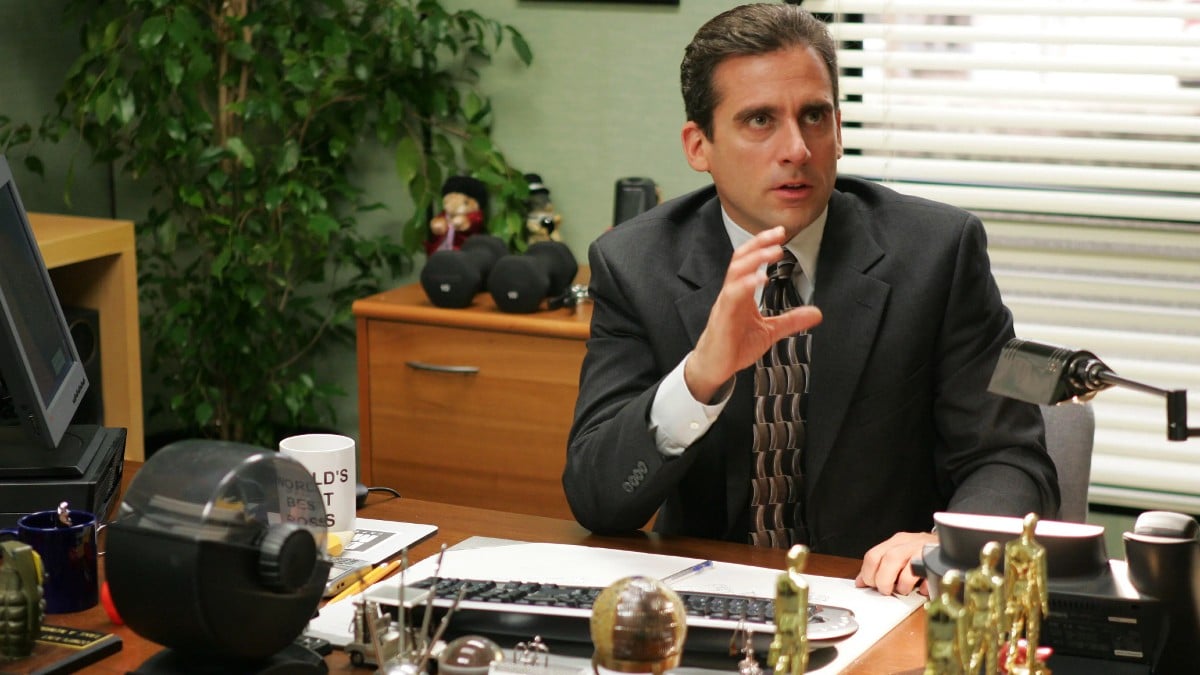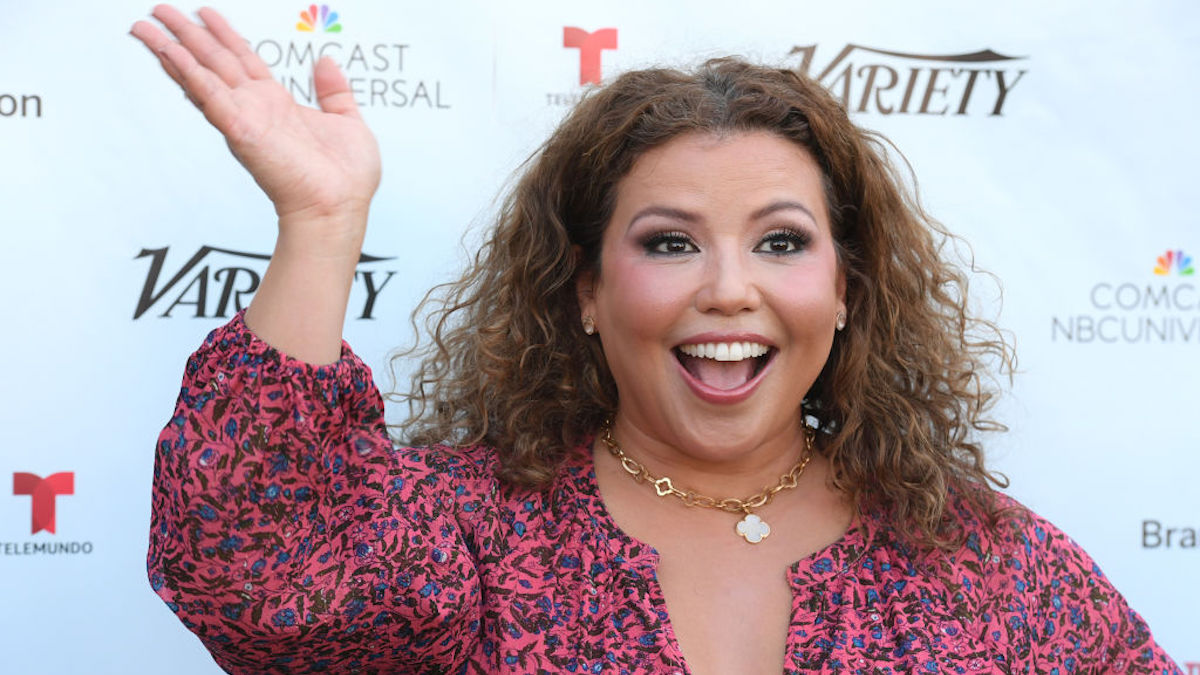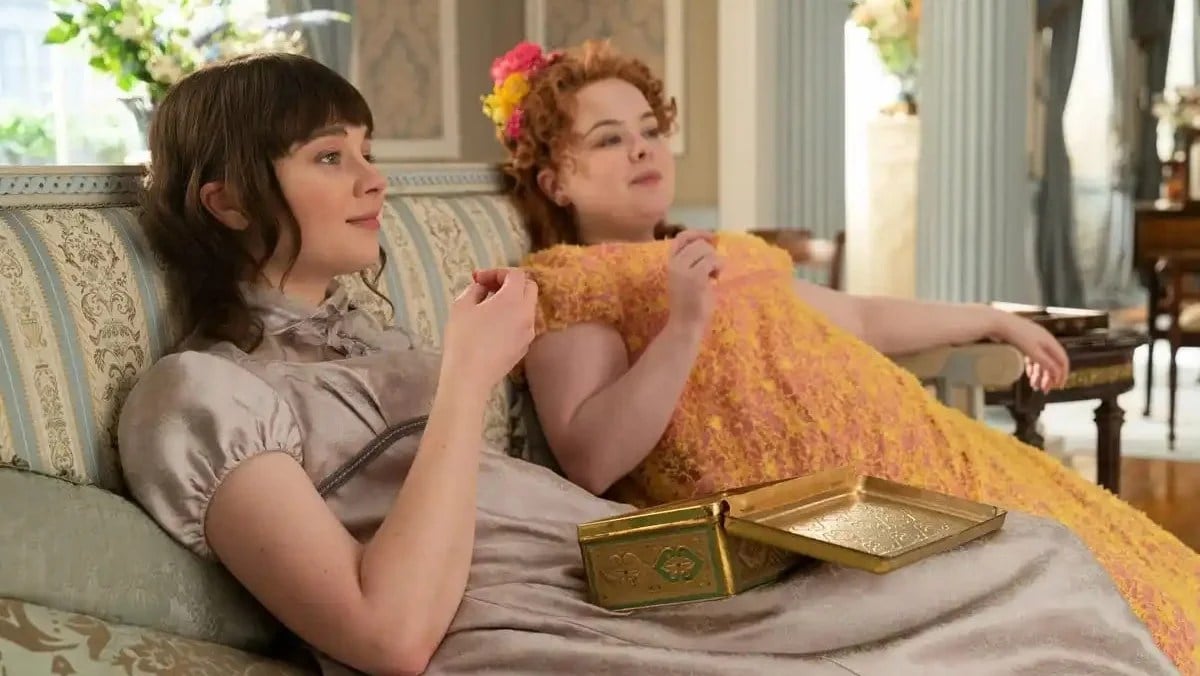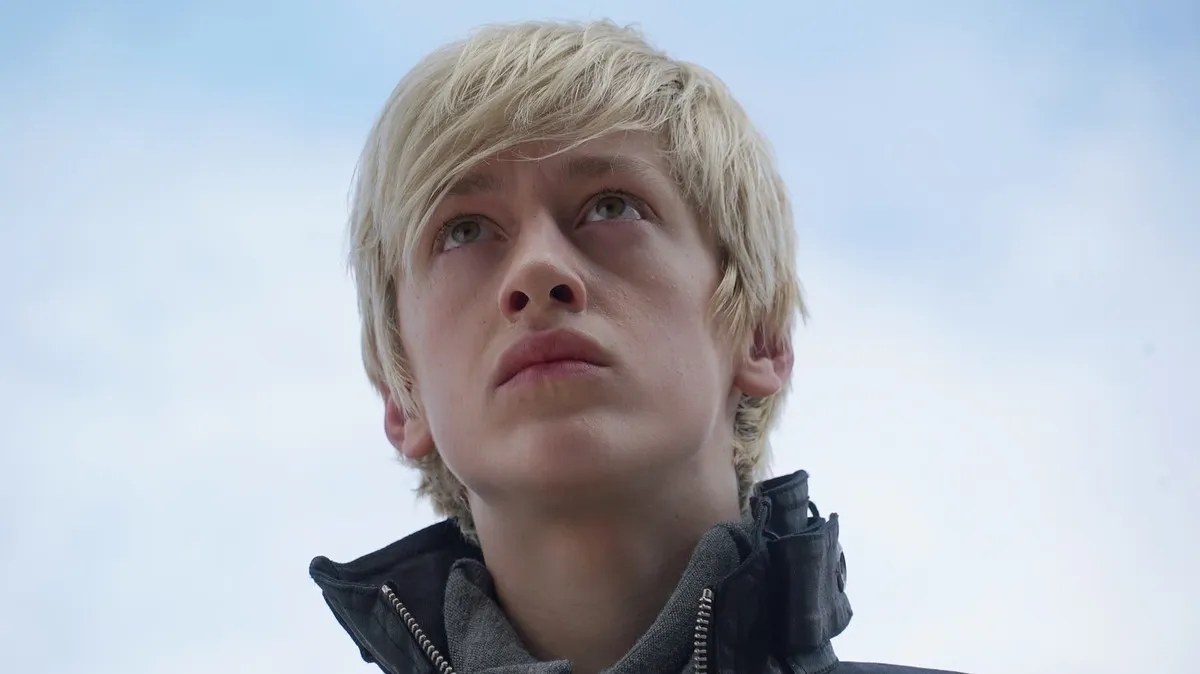When I finished the first episode of Netflix’s live-action adaptation of One Piece, it felt a bit like a miracle. I wanted to hug the stranger next to me and cry out, “My god, they’ve done it! They’ve cracked it!”
So much that could’ve gone wrong goes unexpectedly, astonishingly right. Buoyed by Iñaki Godoy in the lead role as the perfect Luffy, episode one strikes an impressive balance between action, goofiness, camp, and earnestness. The script is punchy. There’s moments of charming, cartoony physical comedy that sell well. It understands and expands upon One Piece’s humor in such a way that Helmeppo poses naked with Zoro’s sword in the mirror. It made me laugh out loud several times. It’s fun. I couldn’t wait to watch more.
And yet, by the time credits rolled on episode four, I realized my enthusiasm had waned. Episode four is the weakest of the season, but One Piece live action (OPLA) never fully recovers. The series begins to feel like something’s weighing it down. Perhaps it’s because of pressure, likely from Netflix, to adhere to certain conventions of mainstream American television—an overactive and wall-to-wall score, having characters state the obvious, or prioritizing Serious Drama over humor or depicting One Piece’s more tender themes.
I can look you dead in the eye and tell you that, with the sum effect of all eight, hour-long-ish episodes, Netflix’s One Piece is not bad. But I cannot tell you without reservation that it’s good, either. OPLA is worth a watch, and it has a lot of strengths and triumphs. All the big tear-jerker moments from the anime/manga also made me cry in OPLA. It’s obviously made by people who have love and respect for the original, but those assets are hampered by an inconsistent script and some confounding choices.
A captain is nothing without his crew
One Piece has been an ongoing epic since Eiichiro Oda began the manga in 1997. Accompanied since 1999 by a weekly anime, the manga is approaching its 1,100th chapter. One Piece’s world-building is expansive and intricate, and fans have very deep attachments to the characters.
So, it’s no small feat that the primary asset of OPLA is its cast. In particular, every member of the Straw Hat Crew is phenomenal. Before OPLA even aired, the One Piece fandom wholeheartedly embraced the live-action Straw Hats. It’s heartwarming to behold, and the warmth is more than earned. Iñaki Godoy is the best live-action Luffy imaginable, though the secret MVP might be Mackenyu’s Zoro, whose deadpan deliveries arguably make him the funniest character. Emily Rudd as Nami, Jacob Romero Gibson as Usopp, and Taz Skylar as Sanji are all similarly magnetic, delightful, and charming.
The supporting cast features some strong contenders, too—which is important for a series where side characters have major fandoms of their own. Aidan Scott was born to play Helmeppo, and whoever fished out his audition tape deserves a raise. Morgan Davies doles out spot-on anxious Koby vibes, and Jeff Ward obviously and infectiously delights in playing Buggy. (I could do without how Buggy’s face paint alludes to the Joker, but that’s another department.)
After episode one, the script in OPLA gradually gets “floppier,” lacking the punchiness and energetic verbal jousting that propel both the series’ early episodes and the original. There are occasional breakthrough lines and gags, but they shine all the more because of their duller surroundings.
It becomes the cast’s job, then, to make lemonade out of some poorly cut lemons, and they do, but it’s somewhat frustrating to witness. In a series that, for example, essentially forgets to write jokes for Luffy about halfway through, the cast’s strengths aren’t utilized to their fullest potential. The fact that OPLA is as good as it is has a lot to do with its talented cast.
It’s unfortunate, then, that OPLA’s biggest issue is character-based.
The Garp Conundrum
Changes when making a live-action adaptation of an illustrated/animated work is inevitable, and many of the changes made in OPLA sell. For example, in Buggy’s arc in the manga, there’s a heartbreaking subplot about a dog named Chouchou who guards his dead master’s pet store during the pirate occupation. It’s beloved, but it would complicate action that, due to Netflix’s short eight-episode season order, needed to be condensed.
Spoilers for OPLA from here on out.
OPLA’s biggest change to its source material is the addition of an entire B-plot. Garp makes an example of Axe-Hand Morgan for letting Luffy and company get away, then scoops up all the Navy Cadets on the base and brings them with him to chase Luffy across the East Blue—to “make an example” of him, to “take away [his] dreams.” In reality, he’s roping the Navy into a family dispute.
It should maybe be noted that, in OPLA, Morgan is arguably more incompetent than corrupt. By contrast, in the manga, he impoverishes a town by taking “tribute” from the townspeople and shoots a Navy soldier for refusing to kill a child. It’s the earliest example of One Piece’s stance on wealth and power in governmental and military systems. The shift is worth bringing up because the changes to Garp’s character make him feel arguably more problematic than Morgan.
Garp in OPLA is a fundamentally different character than Garp in the manga/anime. OPLA’s Garp, as acted by Vincent Reagan, reads much more like Russel Crowe in Les Miserables—controlling, hyper-serious, authoritarian. He’s simultaneously stubborn and petty, with a soft voice that’s supposed to communicate intensity.
This Garp hates hearing that it’s time to get out of the way for a new generation to make their mark. That viewpoint from an older man in a position of power is irritatingly familiar in the real world (and characteristic of other Marines in One Piece). He feels shoved into the archetype of an intimidating American military officer, at the expense of everything that makes the character unique and intriguing.
The only time OPLA’s Garp sells is in the aftermath of his climax in episode 8. Yet, his explanation for his actions stands in complete odds with how he has acted throughout the series. Koby and Helmeppo can’t save the forced B-plot from a bungled centerpoint. It significantly drags down the entire show.
The wonderful world of One Piece
The experience of watching OPLA is the tango between its stronger and weaker elements. Fortunately, the world of OPLA looks incredible. This bizarre reality has been successfully translated to feel inviting to newcomers and fans alike. The set and costume designs are fantastic. Outfits are plucked right out of the series and Oda’s Color Walk compendiums, and they feel authentic and energizing.
Any time the Straw Hats sail on the Going Merry feels undeniably emotional. Similarly, the sprawling Baratie is magical, inspiring as much awe from the viewer as it does from the Straw Hats. Both the Merry and the Baratie are real ships that the crew really built. A painstaking attention to detail, manifesting in flourishes like the wealth of ridiculous paintings of Morgan around the Shells Town base, make everything feel immersive and enticing.
Wisely and refreshingly, OPLA shies away from CG whenever it can. The Fishmen in the series are all created through practical makeup. The Transponder Snails feel out of Star Wars in the best way. One of my favorite little moments is when Garp gives a Transponder Snail a lovely lettuce snack.

This practical emphasis also translates to the series’ fighting, which features excellent choreography and grounds itself in practical effects whenever it can. In fact, the weakest fights in the series, like Luffy vs. Kuro, are the ones that heavily rely on special effects. (The strongest, in my opinion, is Usopp vs. Choo—the only fight to play with One Piece’s mix of humor and action.)
But as much as the world of One Piece translates visually, it doesn’t always translate elsewhere. In some respects, the score is fun. It’s also highly repetitive and plays over 90% of a given episode. I’d joke that you could make a drinking game out of how many times the main theme plays per episode outside of the title, but with some episodes clocking in at eight or more instances, you’d get alcohol poisoning.
Missing the point

When an adaptation of a beloved series is announced, especially an anime property remade in Hollywood, there’s much nail-biting. One Piece does not fail its source material like Netflix’s Cowboy Bebop or Death Note before it, but that’s not to say that, in straddling the tensions between Hollywood and manga, it doesn’t lose sight of some of the most important aspects of One Piece.
Major spoilers for OPLA ahead.
This is a version of One Piece where, because Merry is dead and Usopp’s neighborhood “pirate crew” is nonexistent, Kaya is left utterly alone in Syrup Village, without a single friend or trustworthy confidant. It’s a version where, when the Navy places the Straw Hats at gunpoint during a party to celebrate Coco Village’s liberation, the villagers don’t try to intervene on behalf of their saviors. It’s a version where Zoro externalizes his distrust of Nami much more cruelly, telling her bluntly during an argument, “You said it yourself: You don’t have any friends”—while Luffy and Usopp are in the room, silent.
Most of all, this is a version of One Piece where Nami’s sister and the people who live in her village don’t bother to reflect, over the course of eight years, on whether there could a reason Nami joined the Arlong Pirates. “All those years … I hated you,” Nojiko tells Nami. In the manga, Nojiko confronts Nami the same day she comes back with an Arlong tattoo. Because she knows her sister.
If you don’t know One Piece, these events might not even register. They are done for Drama’s sake, in the way that many adaptations exaggerate and stretch events for the sake of Drama or Seriousness. But, at the risk of being melodramatic, they broke my heart.
One Piece is a multifarious beast. One of its greatest strengths is that there’s so much in there that almost anyone can find something to love, but to my mind, when cruelty seems so rampant in the real world, perhaps the most important and universal takeaway of One Piece is this: In times of immense hardship and trauma, human beings can still find the capacity be kind to each other.
I want a season two of OPLA. Season one is so close that the prospect of season two is exciting. OPLA deserves that chance, but there’s ample room for improvement.
(featured image: Netflix)



